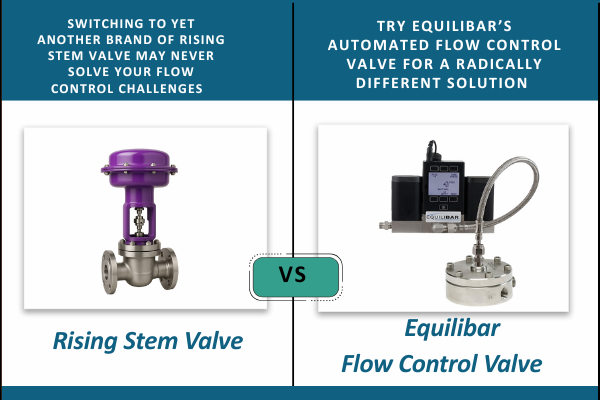An air-loaded valve or regulator is operated by a static air signal applied to the top of a diaphragm or piston to determine the set point. It requires no control spring or pilot.
Equilibar designs and manufactures dome-loaded back pressure regulators, which is similar to air-loaded but uses a continuous air signal to the top of a diaphragm to determine the pressure set point. It also requires no control spring. Because the air signal is continuous, it automatically adjusts for process changes upstream and downstream.
Contact an Engineer



